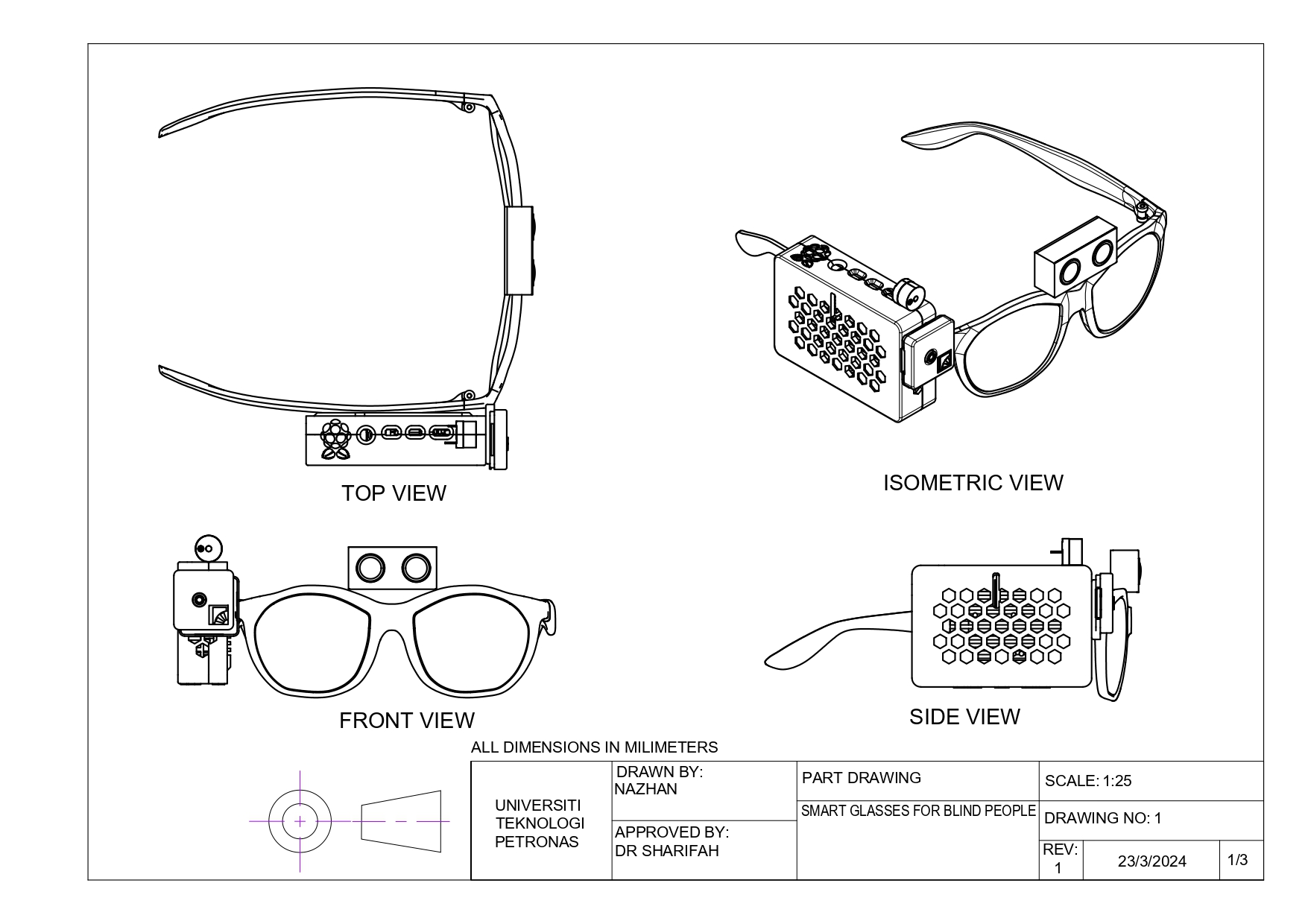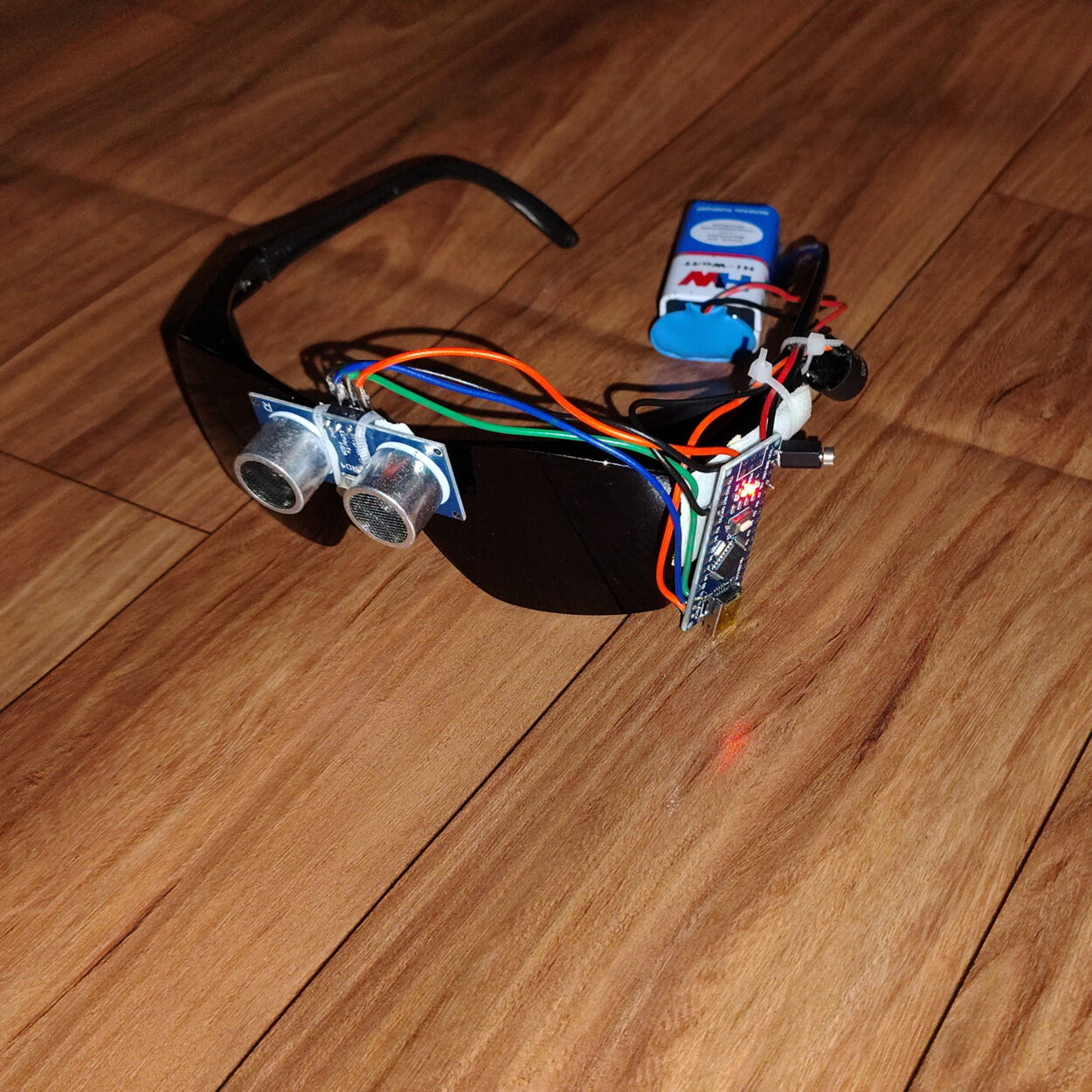Ingenious Solutions in Assistive Technology for Visual Disability
The landscape of assistive technology for visual problems is advancing rapidly, providing a range of cutting-edge solutions that enhance availability and freedom. From advanced smartphone applications that promote navigating to wearable devices created for real-time advice, these tools are improving the experiences of those with aesthetic impairments.
Improvements in Mobile Phone Applications
In recent times, advancements in mobile phone applications have actually dramatically changed the landscape of assistive technology for individuals with aesthetic disabilities. These applications take advantage of the powerful sensing units and capacities of modern-day smart devices to provide users with tools that boost self-reliance and ease of access in their everyday lives.
Notable among these developments are applications developed for things acknowledgment, which utilize the smart device's camera to determine things and supply verbal descriptions. Such functions encourage individuals to browse their environments a lot more successfully, whether determining items in shops or situating personal possessions in the house. Additionally, text-to-speech applications have actually improved drastically, enabling individuals to capture published message with their gadget's cam and obtain instant audio responses, thereby promoting reading and comprehension.
Community-driven applications have actually fostered social interaction and resource sharing amongst individuals with visual problems, creating a supportive network that enhances their quality of life. Overall, mobile phone applications have actually ended up being crucial allies in advertising autonomy and ease of access for people with aesthetic problems.
Wearable Tools for Navigation
Wearable devices for navigating have actually become a groundbreaking remedy for people with aesthetic problems, providing hands-free support that boosts movement and alignment. These devices typically make use of innovative innovations, including GPS, ultrasonic sensors, and artificial intelligence, to offer real-time responses and direction to customers as they browse their atmosphere.
One notable instance of wearable navigation technology is wise glasses, which can identify barriers and relay auditory or haptic responses to the user, permitting efficient and secure movement in numerous setups. Other devices, such as belts and vests equipped with sensors, can similarly inform users of their surroundings by supplying signals about nearby items or modifications in terrain.
In addition, several wearable gadgets incorporate with mobile phone applications, making it possible for individuals to customize their navigating preferences and obtain tailored route recommendations. This customization can substantially boost the user experience, equipping individuals to travel with greater self-confidence and independence.
As technology remains to develop, the potential for wearable navigating gadgets to enhance the top quality of life for individuals with visual disabilities stays substantial, leading the means for more inclusive and accessible environments.
Smart Home Technology Combination

In addition, wise appliances equipped with responsive interfaces or auditory comments give instinctive communications that cater especially to the needs of those with visual problems. Smart refrigerators can introduce their materials and expiration days, while clever ovens can assist users with the food preparation process with audio directions.
Home automation systems, such as wise doorbells and protection cameras, supply assurance by allowing customers to get informs and access live feeds via their mobile phones, improving personal security (AI-powered visual aids). Furthermore, combination with mobile phones and tablet computers makes sure that customers can manage their home atmosphere from anywhere within their premises
As smart home technology proceeds to evolve, it holds the potential to transform the living experiences of individuals with aesthetic impairments, cultivating independence and improving top quality of life in a progressively linked globe.

Educational Tools and Resources
Access to reliable educational devices and resources is crucial for people with aesthetic impairments, as it equips them to involve completely in their understanding experiences. Different assistive modern technologies have actually been established to boost ease of access and foster independent understanding. Screen viewers, for circumstances, transform message right into speech, allowing students to access electronic content seamlessly. AI-powered visual aids. Additionally, refreshable braille display screens give responsive feedback, making it easier for students to this contact form interact with composed material.
In addition, instructional software application particularly designed for aesthetically impaired customers provides features such as high-contrast settings and adjustable message sizes. These tools suit diverse discovering designs and ensure that students can tailor their academic experience to their demands.
Additionally, access to electronic collections and audio publications increases the series of available understanding products, allowing trainees to discover subjects extensive without the restrictions enforced by traditional print resources. Joint platforms that include ease of access functions additionally promote team projects, making sure that visually impaired pupils can add meaningfully along with their peers.
Community Assistance and Engagement
A durable network of area support and involvement is crucial for people with visual impairments, promoting a comprehensive setting where they can thrive. Area organizations, local campaigning for groups, and volunteers play a critical duty in supplying sources, info, and friendship, which are vital for boosting the lifestyle for those affected by visual disabilities.
Involvement activities such as workshops, get-togethers, and support groups not just help with ability growth but also promote social communication, lowering feelings of isolation. These initiatives urge individuals to share experiences, challenges, and successes, thus enhancing neighborhood bonds. Furthermore, collaborations with regional services can result in greater access in public rooms, further incorporating people with visual impairments into the area.
Modern technology additionally boosts neighborhood involvement via on the internet platforms that provide online support teams and resources, allowing people to connect regardless of geographical barriers. By using both in-person and digital options, communities can create an extensive support network. Ultimately, promoting cooperation amongst different stakeholders-- consisting of households, educators, and medical care specialists-- makes sure that individuals with aesthetic disabilities receive the holistic assistance required to browse every day life efficiently and with dignity.
Verdict
Innovative options in assistive technology Get the facts for visual disability dramatically enhance the high quality of life for people dealing with these challenges. The assimilation of mobile phone applications, wearable devices, wise home innovation, and academic tools fosters better independence and availability.
The landscape of assistive innovation for visual problems is progressing quickly, providing a variety of cutting-edge options that improve access and self-reliance. Community-driven applications have fostered social interaction and resource sharing among people with visual impairments, creating a supportive network that improves their top quality of life. Generally, smartphone applications have ended up being important allies in promoting freedom and ease of access for people with aesthetic disabilities.
Numerous individuals with visual disabilities are finding higher freedom through the combination of clever home technology.Cutting-edge more tips here services in assistive modern technology for aesthetic problems substantially improve the high quality of life for individuals dealing with these difficulties.